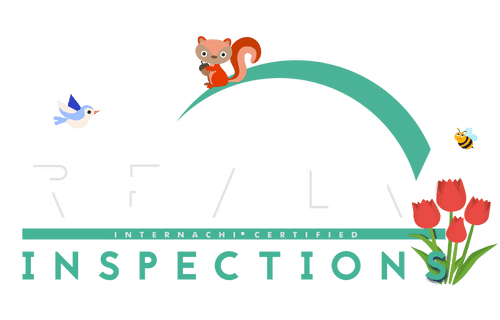Mold Remediation Techniques
Understanding Mold Growth in Homes
Health concerns related to mold growth in homes have gained significant attention. Mold, thriving on moisture, oxygen, and suitable surfaces, can lead to various health issues from minor allergies to severe respiratory problems. Traditional methods like labor-intensive hand-scrubbing and sanding are being complemented by the more efficient technique of abrasive blasting for mold remediation.
Utilizing Abrasive Blasting for Mold Remediation
Abrasive blasting employs diverse media such as sodium bicarbonate (baking soda) or dry ice, propelled at high speed onto surfaces to effectively remove mold without damaging materials like wood or PVC. This method excels in cleaning irregular and hard-to-reach areas, such as attics and crawlspaces, where mold commonly thrives. Moreover, abrasive blasting significantly reduces project timelines compared to traditional methods.
Types of Abrasive Blasting: Soda and Dry-Ice Techniques
Soda-blasting, originally acclaimed for restoring the Statue of Liberty, utilizes sodium bicarbonate crystals that are gentle yet effective on surfaces. These crystals, propelled with compressed air, efficiently remove mold while minimizing debris and cleanup.
Dry-ice blasting, using solidified carbon dioxide pellets, creates micro-thermal shocks upon impact, effectively dislodging mold without causing damage. The process involves three phases: energy transfer, micro-thermal shock, and gas pressure, ensuring thorough elimination of mold and contaminants.
Integration with HEPA Vacuuming for Complete Remediation
While abrasive blasting removes visible mold, it can disperse mold spores into the air. HEPA vacuuming is crucial post-blasting to capture airborne particles, ensuring comprehensive remediation. This step prepares the area for re-testing, confirming the absence of mold spores. For more information on the importance of air quality testing, please refer to our related blog post on mold air testing.
Conclusion
Abrasive blasting, utilizing soda or dry ice, represents an innovative approach to mold remediation, offering efficiency and effectiveness while preserving surface integrity. Integrating abrasive blasting with HEPA vacuuming ensures thorough cleaning, promoting healthier indoor environments. For inspectors offering mold inspection services, understanding these advanced techniques is essential for guiding homeowners toward effective remediation strategies.
Explore our services to determine if you would benefit from remediation. Realm Inspections is here to provide information about how to best care for your home.











